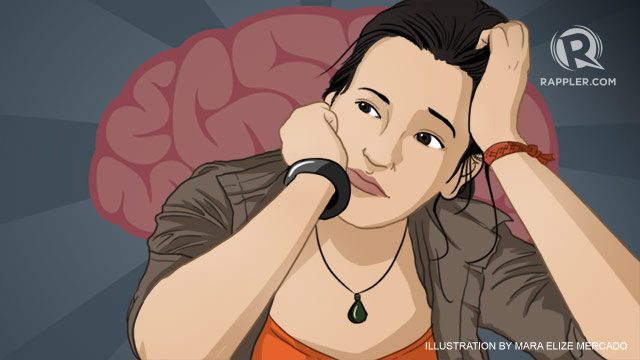SUMMARY
This is AI generated summarization, which may have errors. For context, always refer to the full article.

If the show Are You Smarter than a Fifth Grader were replaced by Are You Smarter than a Teenager, then you will most likely win it. However, if you were a teenager yourself, you will most probably just settle the matter with a duel. Why do teenagers generally have very unique self-defeating solutions to their own self-formulated problems?
When I ask my friends who have teenagers how their kids are, they give me this look that makes me feel I have just asked a top-listed needless question as they say: “They are teenagers, so ask me again in a few years when they are no longer brain-damaged.” For generations, we have believed that this is because teenagers have missing brain parts that or if they have them, they have gone awry.
MRI studies that have only been employed in the last 10 years or so have revealed that the teenage brain, despite outward puzzling manifestations in words and deeds, is not missing in parts or necessarily sick. We are finding out that the teenage brain is a very unique planet with its own traits that are useful to its evolution, one that cannot be bypassed.
I just read with seething interest the June issue of the Scientific American that has a piece called “The Amazing Teenage Brain.” It was written by Jay N. Giedd who is chair of the division of child and adolescent psychiatry at the University of California, San Diego, and a professor at the Johns Hopkins Bloomberg School of Public Health. He is also editor in chief of the journal Mind, Brain, and Education.
The teenage brain, it turns out, experiences intensified sculpting in terms of the connections required to respond to changes in the environment. These connections happen predominantly on the brain’s white matter. These connections happen within and across brain regions. The gray matter production is for the most part, done during adolescence.
For the adolescent brain, it appears that the limbic region, charged with emotional responses, is the one that is naturally the most active during the teenage years in experiencing these connections. This is why your teenager is always trigger ready with a response to whatever you ask him or her – whether it is some dense smart aleck phrase or silence, which is as remarkably thick.
This is the time when their emotional lives start to construct a home outside the home they loved as children. These days, this new home can also be the virtual world so that even if your teenager is inside your own house, his or her brain is really living and thriving somewhere else.
This kind of response is built-in in our biology because this is nature’s way of prompting the adolescent to seek affinity and belonging outside the family to prevent inbreeding and thus, promote a healthier population. It was not primarily targeted to intensify the growing pains – of parents.
The next question would be then, why do the connections seem like they have experience some sort of power outage when you try to reason with teenagers in ways that even the most oppressive governments will understand? This is because this connectivity in the emotional brain region is not matched in intensity by the connectivity taking place in the prefrontal cortex of the teenage brain.
The prefrontal cortex is the one mainly tasked to plan, make decisions, imagine consequences in time and space, which effectively checks the highly emotionally charged responses of the limbic region. The prefrontal cortex takes a while to brew its connections – well into their 20’s (studies show that this happens earlier in girls than boys).
Giedd’s piece makes us realize that we can help teenagers make use of their new intensified powers in emotional connectivity by making available options for their teeming passions and energy. We may be able to do this kind of “productive stalling” long enough for them not to do things based only on emotions with unshakable consequences. Adults also need not be passive “waiters” for the maturity of the teenage brain because adults can influence the connectivity by pointing out connections, whether by genuine discussions or actions.
Life is an all-terrain map so you need more than one car to cover it. If your limbic car were in a Formula 1 emotional express track but your prefrontal car is still on a dirt road, carefully noting the bumps and ravines to avoid, both cars would need quite a bit of work and time to agree on when they could arrive in the same general destination which is maturation, or the “moving destination” which is “adulthood.” This is mainly the scenario happening in the teenage brain. So our best bet for teenagers to survive this phase to get to become the persons they want to be is to give them time, tips for the road and perhaps, a map drawn enticingly enough to make them see beyond just today. – Rappler.com
Add a comment
How does this make you feel?
There are no comments yet. Add your comment to start the conversation.